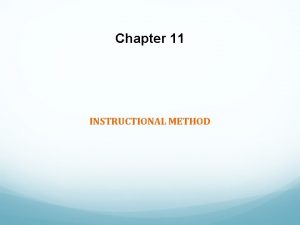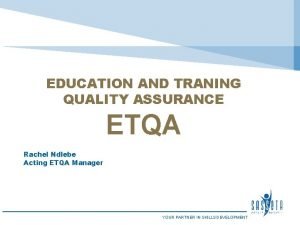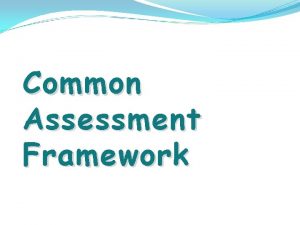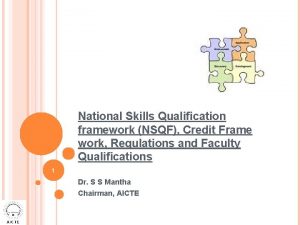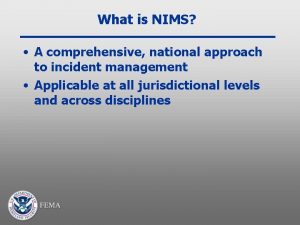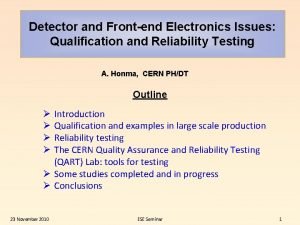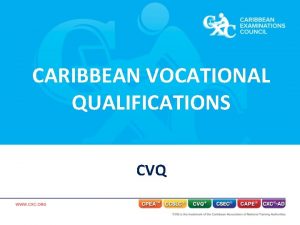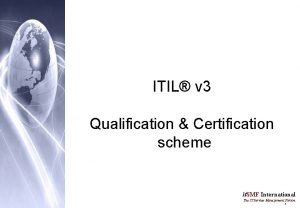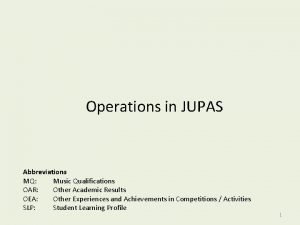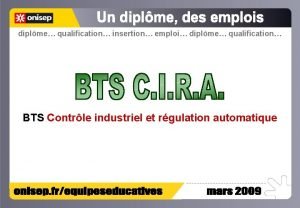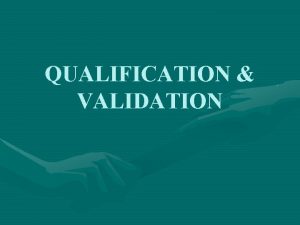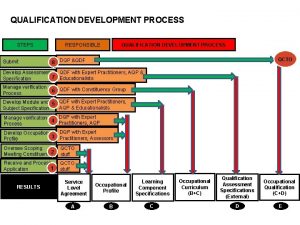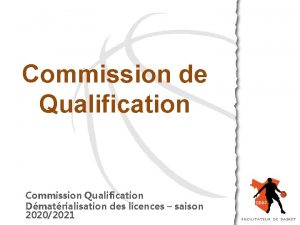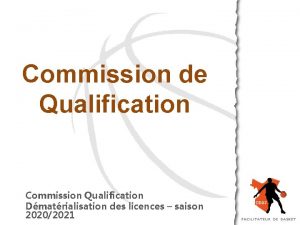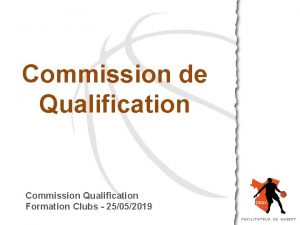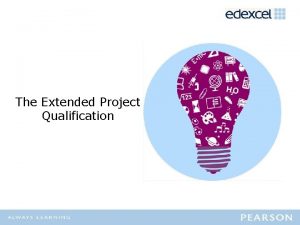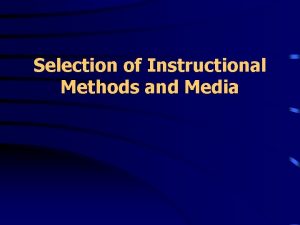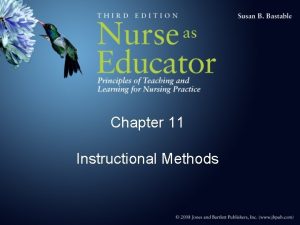Online Instructional Methods Online Instructional Methods Qualification of











- Slides: 11

Online Instructional Methods

Online Instructional Methods Qualification of an e-Instructor • Delivering basic knowledge and skills, preparing learners for the next cognitive level and for their professional lives, and introducing cultural values are among other factors that need to be considered for instruction. • From this perspective, it is possible to say that an e-instructor should in the first place, primarily have subjectmatter expertise and a deep interest about the target learners’ situation and problems. Personal Skills Reflection Effective e. Instructor Experience Content Speciality

Online Instructional Methods Qualification of an e-Instructor • Three Main Functions of an e-Instructor Management Collaboration • Management of Online Learning • Use of Resources • Planning • School Management • Colleagues • Parents Interaction • Method • Processes

Online Instructional Methods Presentation Discussion Direct Instruction Problem-based and Projectbased Learning Concept Teaching Collaborative Learning

Online Instructional Methods • Presentations, explanations and lectures given by instructors constitute a large portion of classroom time, since curricula require learners a vast body of information to be learnt. Phase 1: Gain attention, explain goals and set the scene Phase 2: Present advance organiser Phase 3: Present learning materials Phase 4: Monitor and check learners’ understanding and strengthen learner thinking

Online Instructional Methods • Direct Instruction • Acquiring basic knowledge, skills and attitudes is an important goal for learners since they are supposed to possess the basics before they can move on to a more advanced learning process. Phase 1: Clarify goals and set the scene Phase 2: Demonstrate knowledge or skill Phase 3: Provide guided practice Phase 4: Check for understanding and provide feedback Phase 5: Provide extended practice and transfer

Online Instructional Methods • Concept Teaching • Concept learning and logical thinking are critical goals since these become important scaffolding for building learner understanding of school subjects. Concept learning is essentially a process of building cognitive schemes by putting things into classes or categories. Phase 1: Clarify aims and set the scene Phase 2: Input examples and nonexamples Phase 3: Test for attainment Phase 4: Analyse student thinking processes and the integration of learning

Online Instructional Methods • Collaborative Learning • The collaborative learning task structure requires learners to work on academic tasks in groups. This model seeks further aims, besides academic learning, like intergroup acceptance, social and group skills, and collaborative behaviour. Phase 1: Clarify goals and set the scene Phase 2: Present information Phase 3: Organise students into learning teams Phase 4: Assist teamwork and study Phase 5: Test on the materials Phase 6: Provide recognition

Online Instructional Methods • Problem-Based & Project-Based Learning • In problem-based learning, instructors present problem situations to learners and get them to investigate and find solutions on their own. Hence, learners are expected to develop problem solving skills, to exchange experiences with adult roles, and to gain confidence in their own ability and to become selfregulated learners. Phase 1: Orient learners to the problem Phase 2: Organise learners for study Phase 3: Assist independent and group investigation Phase 4: Develop and present artefacts and exhibits Phase 5: Analyse and evaluate the problem-solving process

Online Instructional Methods • Discussion • Discourse and discussion are key ingredients for enhancing student thinking and uniting cognitive and social aspects of learning. They are an inevitable part of online learning. Through forum, chat and alike environments, learners and instructors exchange knowledge, have discussions about the phenomenon, and display their thinking processes publicly. Phase 1: Clarify aims and set the scene Phase 2: Focus the discussion Phase 3: Hold the discussion Phase 4: End the discussion Phase 5: Debrief the discussion

Online Instructional Methods Conclusion • Instructional methods are the only means we have in which we can manage the learning process, with the help of LMS tools. Hence, as instructors, we should use narrating techniques which can be described as knowledge delivery by the e-instructor. • We should use question-answer techniques during virtual classrooms, and especially, we should use brainstorming techniques via forums to get learners suggested solutions and thoughts about a specific problem or topic. • Finally, e-instructors should encourage group work, and forming groups of learners (2 -6 people) which are instructed to produce an output in order to gain knowledge and skills.
